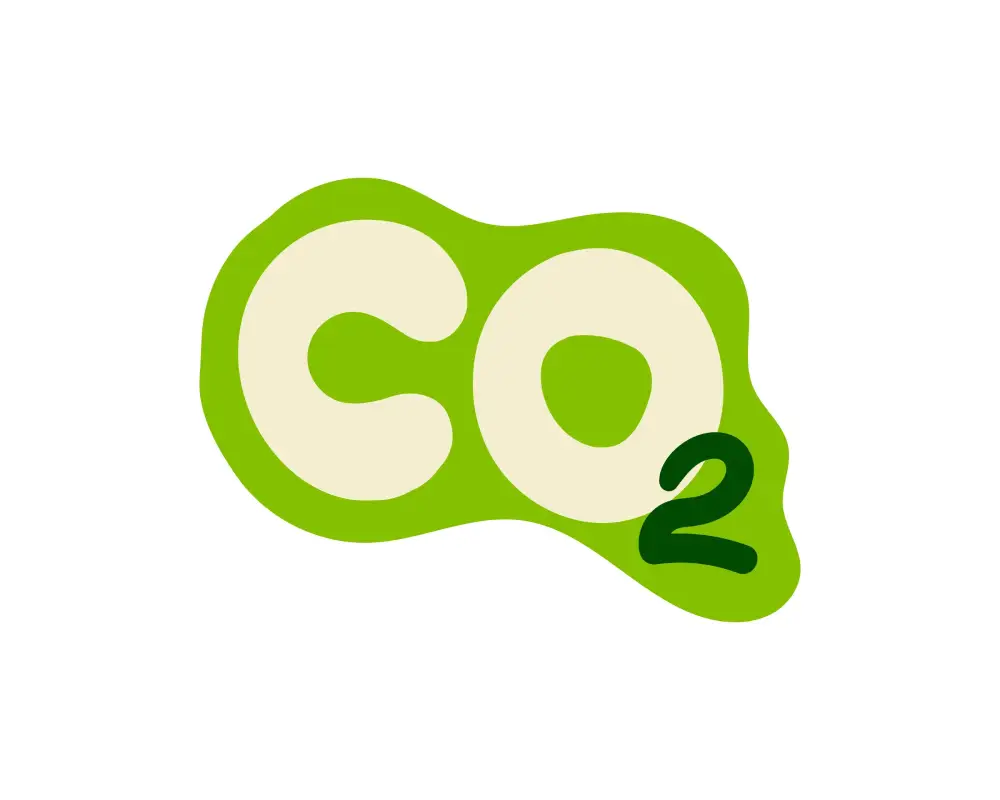
In the realm of modern extraction techniques, carbon dioxide (CO2) extraction stands out as a sophisticated and versatile method employed across diverse industries, including pharmaceuticals, essential oils, and beyond. This groundbreaking process harnesses the unique properties of carbon dioxide to extract valuable compounds from plant materials, offering a cleaner and more efficient alternative to traditional extraction methods.
The Fundamentals of CO2 Extraction
At its core, CO2 extraction is based on the principles of supercritical fluid extraction. Supercritical fluids, in this case, supercritical CO2, exhibit properties that lie between those of a liquid and a gas under specific temperature and pressure conditions. This unique state allows CO2 to act as a solvent, effectively dissolving and carrying away targeted compounds from plant materials.
The process begins with pressurizing carbon dioxide to a state beyond its critical point, where it exhibits both gas and liquid properties. This supercritical CO2 is then directed into a chamber containing the plant material. Within this chamber, the supercritical CO2 interacts with the plant material, dissolving and carrying away the desired compounds, leaving behind unwanted components.
The Critical Point: Key to Supercritical CO2
Understanding the critical point of a substance is crucial to comprehend the science behind CO2 extraction. The critical point of CO2 occurs at a specific combination of temperature and pressure, approximately 31.1 degrees Celsius (87.98 degrees Fahrenheit) and 73.8 atmospheres. At this critical point, CO2 transitions seamlessly between a gas and a liquid, possessing the density of a liquid and the diffusivity of a gas.
By manipulating temperature and pressure, operators can control the state of CO2 and fine-tune the extraction process. This precision is vital for selectively extracting specific compounds from plant material without causing thermal degradation.
Advantages of CO2 Extraction
CO2 extraction offers numerous advantages over traditional methods that employ solvents like ethanol or hydrocarbons. One of the primary benefits is its ability to produce high-quality extracts without leaving behind harmful residues. Unlike solvent-based extractions, CO2 leaves no trace of itself in the final product, ensuring a purer and cleaner end result.
Moreover, CO2 extraction allows for the selective extraction of specific compounds. By adjusting the extraction parameters, operators can target and isolate particular components, such as cannabinoids in the cannabis industry or essential oils in aromatherapy.
The versatility of CO2 extraction extends to its applicability across various industries. In pharmaceuticals, CO2 extraction is favored for producing pharmaceutical-grade compounds due to its ability to maintain the integrity of sensitive molecules. In the food and beverage industry, this method is utilized for extracting natural flavors, colors, and bioactive compounds, contributing to the creation of high-quality products.
Precision and Control in CO2 Extraction
The success of CO2 extraction lies in its precision and control over the extraction parameters. Operators can fine-tune the process by adjusting temperature, pressure, and flow rate to achieve optimal results. The ability to control these factors ensures that the extracted compounds remain intact and unaltered, preserving their natural qualities.
Temperature plays a crucial role in maintaining the stability of the extracted compounds. By carefully controlling the temperature, operators can prevent thermal degradation and preserve the delicate flavors and aromas of the extracted substances.
Pressure is another critical factor that influences the solvating power of CO2. Higher pressure enhances the solvent capabilities of supercritical CO, allowing for more efficient extraction. However, finding the balance between optimal pressure and temperature is essential to avoid unwanted reactions or changes in the composition of the extracted material.
The flow rate of supercritical CO2 through the extraction system also impacts the efficiency of the process. Controlling the flow rate ensures thorough extraction while preventing channeling, where the supercritical fluid takes the path of least resistance and bypasses certain areas of the plant material.
Environmental Considerations of CO2 Extraction
Beyond its efficacy, CO2 extraction has gained favor for its environmental sustainability. Unlike solvent-based methods that may involve the use of hazardous chemicals, CO2 is a naturally occurring and abundant gas. Its use in extraction eliminates the need for harmful solvents, reducing the environmental impact and ensuring a safer working environment.
Additionally, the closed-loop systems commonly employed in CO2 extraction contribute to environmental sustainability. These systems capture and reuse the CO2, minimizing waste and reducing the overall carbon footprint of the extraction process.
In conclusion, CO2 extraction represents a groundbreaking advancement in the field of extraction technologies. By harnessing the unique properties of supercritical CO2, this method offers precision, control, and environmental sustainability in the extraction of valuable compounds from plant materials. As industries continue to evolve, the role of CO2 extraction is likely to expand, shaping the future of clean and efficient extraction processes across various sectors.